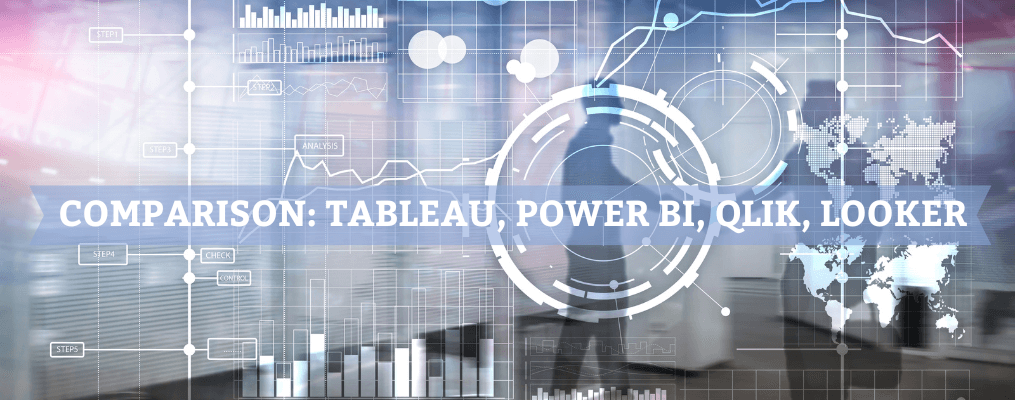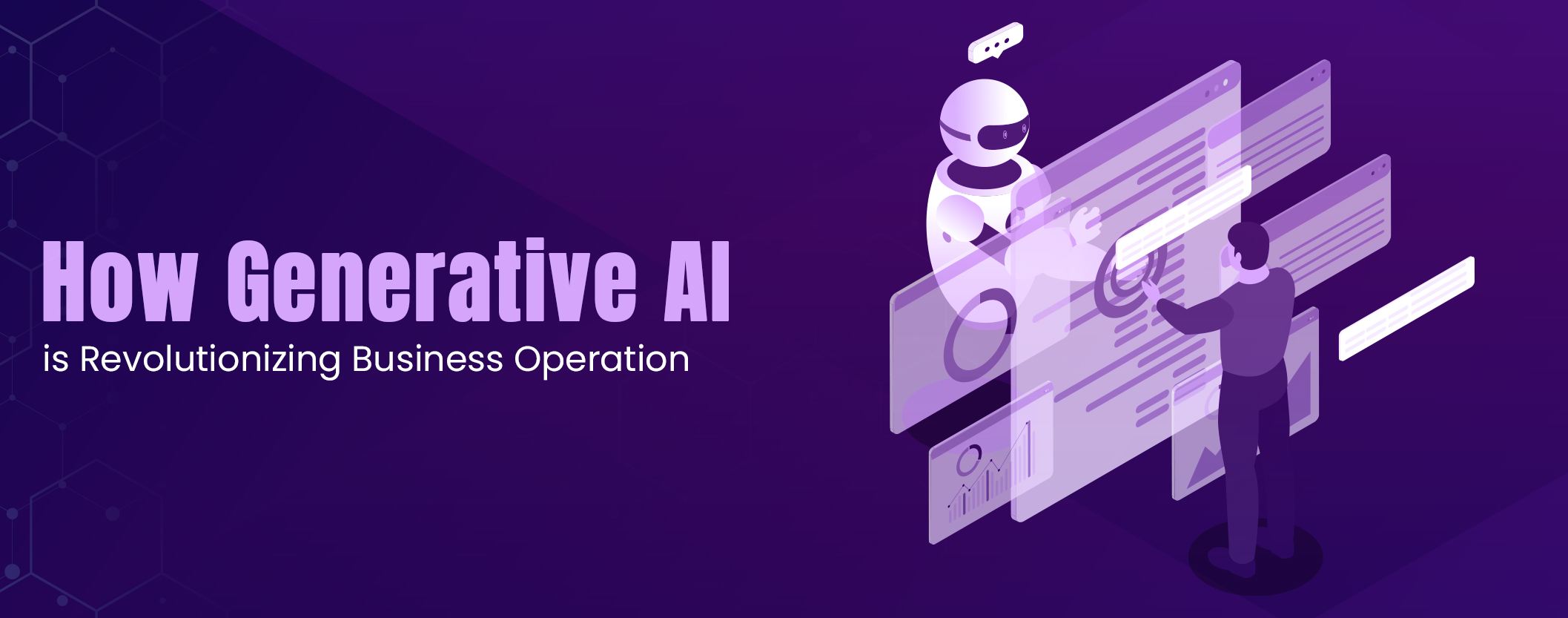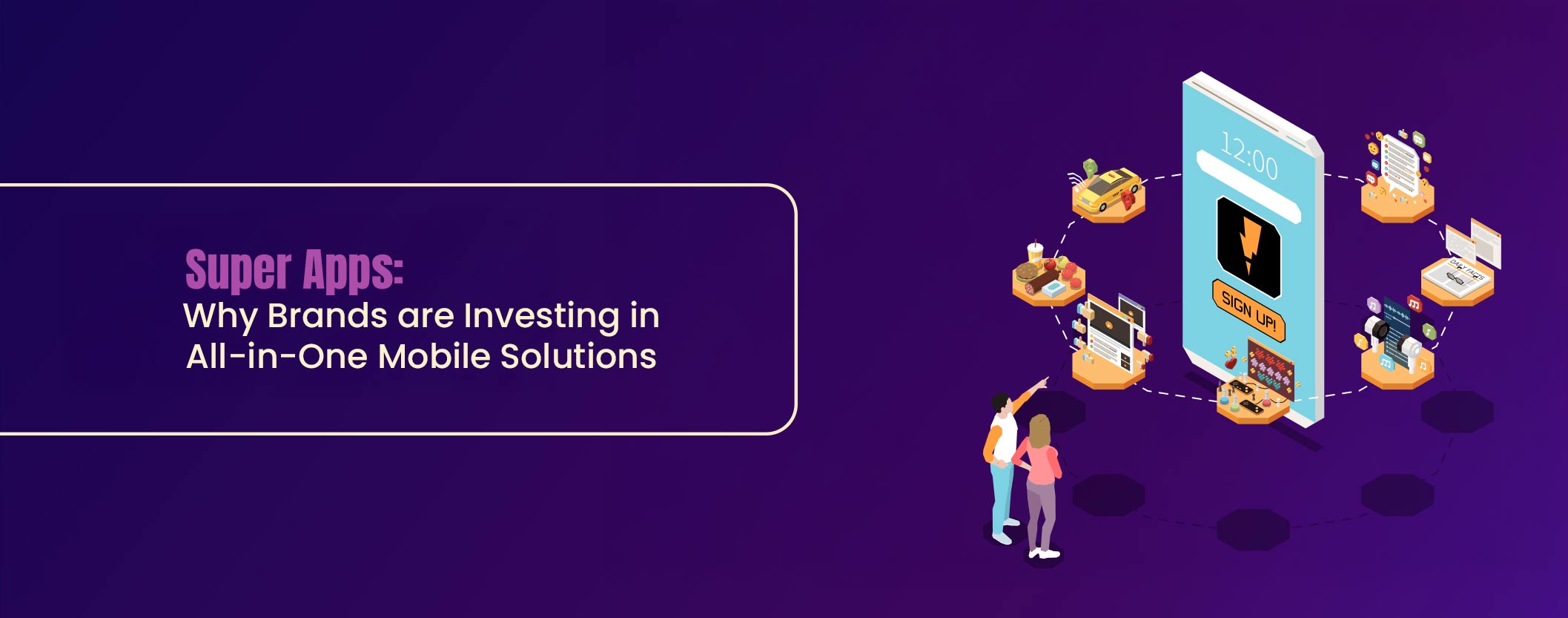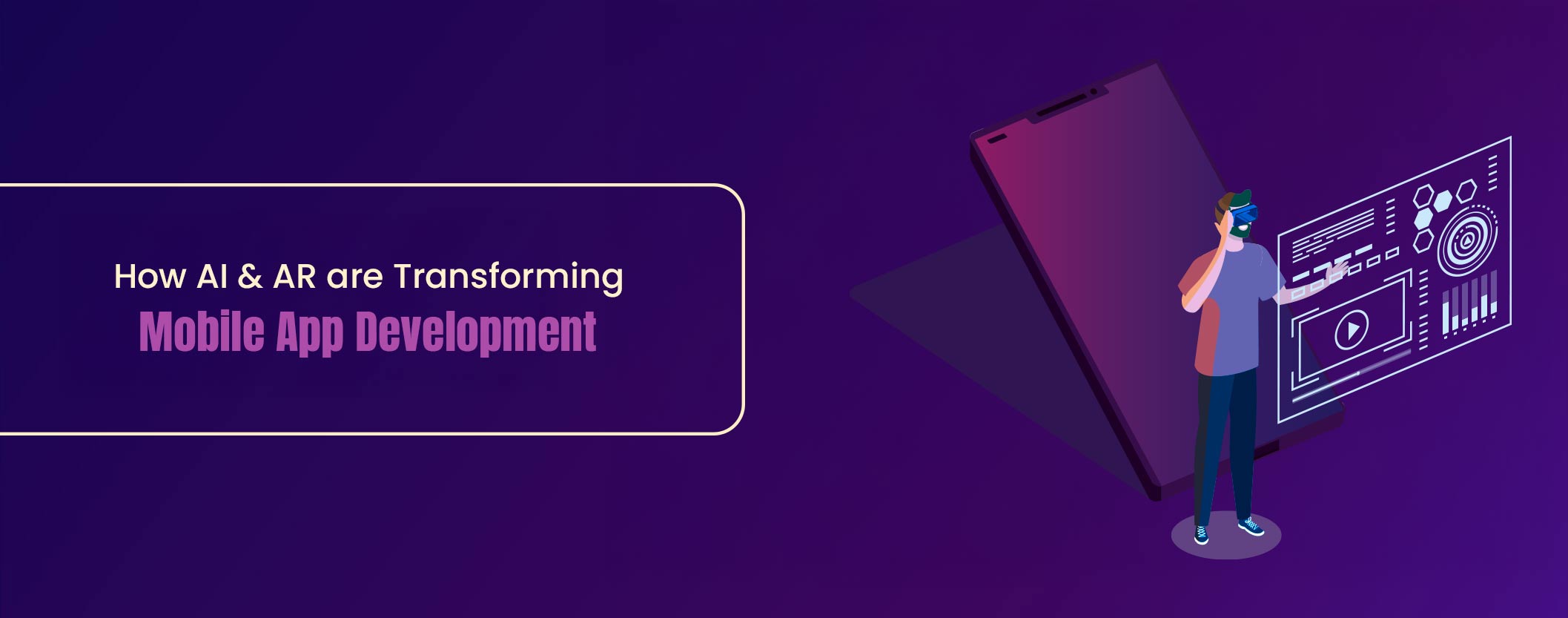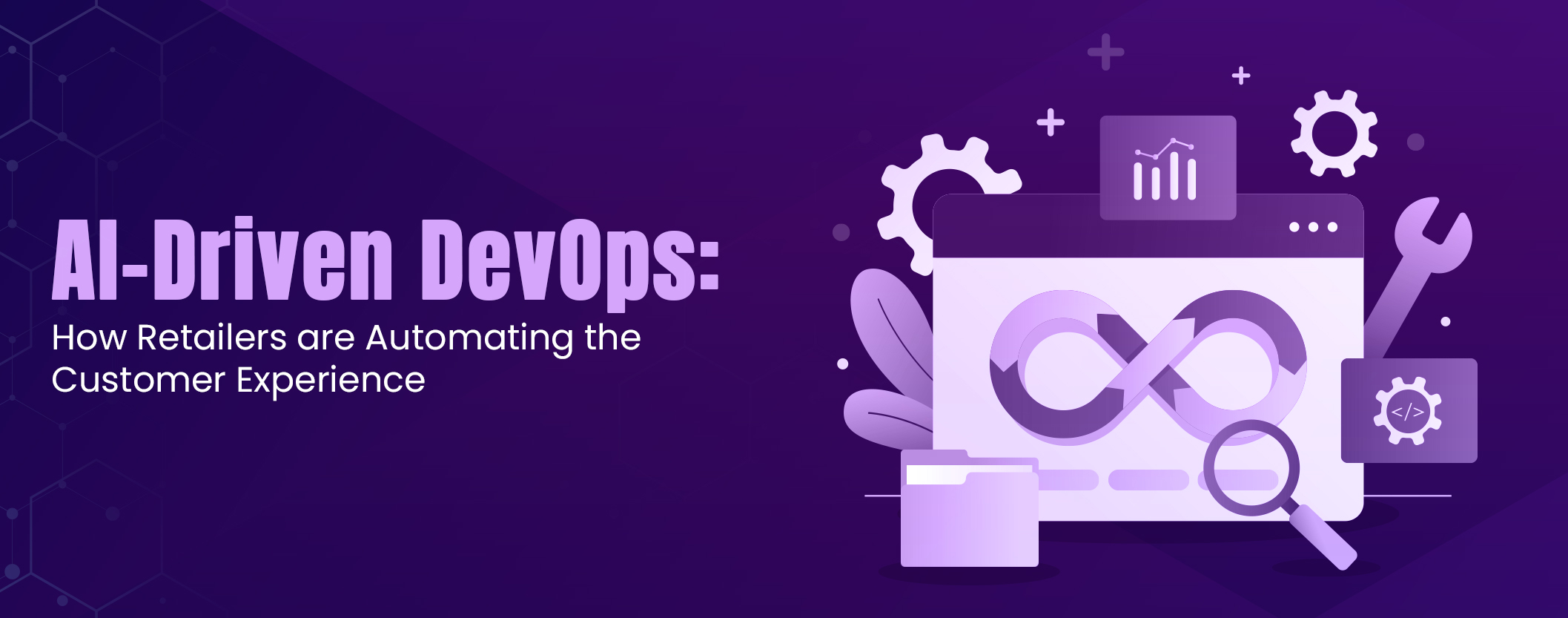Data is the new currency, and in today’s competitive landscape, how you manage and interpret that data can define your success. With the BI and analytics software market expected to surpass $18 billion by 2026, businesses are spoiled for choice when it comes to tools that promise to turn data into insights. The challenge lies in deciding which BI tool aligns perfectly with your business needs.
In this blog, we break down four of the leading BI tools—Tableau, Power BI, Qlik, and Looker—to help you make the right decision.
What to Consider Before Choosing a BI Tool
Here are a few key factors to keep in mind while selecting a Business Intelligence tool for your business:
- Your Business Goals: What do you want to achieve with your BI tool? Whether it’s improving data visualization, streamlining reporting, or gaining deeper insights, knowing your goals will help you find the right tool.
- Ease of Use: Who will be using the BI tool? If your team includes people with different levels of technical expertise, you might want to choose a tool that’s user-friendly.
- Data Integration Needs: How easily will this tool integrate with systems and data sources your business uses? For example, if you rely on Microsoft products, Power BI might be the perfect fit because of its seamless integration.
- Scalability: Will your BI tool support the growing data needs of your business? It’s important to look for a BI tool that can handle large amounts of data and scale with your company.
Comparing Tableau, Power BI, Qlik, and Looker
Let’s take a closer look at how Tableau, Power BI, Qlik, and Looker compare when it comes to their core functionalities and pricing.
1 Data Visualization and Reporting
Tableau:
A market leader in data visualization, Tableau offers an intuitive drag-and-drop interface that makes it easy to create stunning, interactive dashboards. It’s a great choice for users without deep technical knowledge to turn complex data into visually appealing insights.
Power BI:
Microsoft Power BI also excels in data visualization, offering a myriad range of rich, interactive visuals. Features like get data can extract data from on-premise & cloud-based data sources.
Qlik:
Qlik is known for its powerful and flexible visualizations, ideal for complex data analysis. Its unique associative data model allows users to explore data freely and uncover hidden insights.
Looker:
Looker takes a different approach by providing real-time insights directly from your data warehouse. It’s highly customizable, but setting it up might require more effort compared to Tableau, Power BI or Qlik.
2 Data Integration
Tableau:
Tableau supports a wide range of data connectors, including cloud services, SQL databases, and big data platforms. However, for more complex data integration tasks, you might need additional setup.
Power BI:
Power BI is highly versatile in terms of data integration, especially with Microsoft products like Azure, SQL Server, and Excel. It also supports various third-party data sources, making it a flexible option for different business environments.
Qlik:
Qlik stands out amongst the rest with its robust data integration capabilities, thanks to its associative data model that allows for a comprehensive view of your business data across various sources.
Looker:
Looker’s strength lies in its ability to connect directly to your data warehouse, which eliminates the need for data extraction and provides real-time analytics. It’s an excellent choice if your business has a modern data architecture.
3 Ease of Use
Tableau:
Tableau is designed with a user-friendly interface, making it ideal for non-technical users who need to create detailed visualizations quickly and easily.
Power BI:
Being a Microsoft product, Power BI is highly user-friendly, particularly for those who use other Microsoft products. Its interface is intuitive, offering plenty of features for users at all levels.
Qlik:
Qlik might require a bit more technical knowledge, but it’s well-suited for users who need advanced capabilities and are comfortable with more complex tools.
Looker:
Looker is great for businesses that need real-time analytics and are willing to invest in a more technical team and setup.
4 Pricing
Tableau:
Tableau’s pricing is tiered, with plans available for individual users, teams, and enterprises. While it can be expensive for small businesses, the powerful capabilities often justify the cost.
Power BI:
Power BI is known for its competitive pricing. It offers a free version for small-scale use and affordable premium plans for more advanced features, making it an attractive option for businesses of all sizes.
Qlik:
Qlik offers flexible pricing, with options for both cloud and on-premises deployment. However, it can become costly, especially for larger businesses with complex data needs.
Looker:
The pricing of Looker is customizable based on your organization’s size and data needs. While it tends to be on the higher end, it’s a valuable investment if real-time analytics are a priority.
Tabular Comparison
| Features | Tableau | Power BI | Qlik BI | Looker |
| Data Visualization & Reporting | Leading in data visualization with a user-friendly drag-and-drop interface | Rich, interactive visualizations & integrates well with Microsoft products | Flexible and dynamic visualizations; ideal for complex data analysis | Real-time insights from your data warehouse; customizable but requires additional setup |
| Data Integration | Supports a wide range of data sources; may need extra setup for complex tasks | Seamless integration with Microsoft products and third-party sources | Robust data integration with an associative data model | Direct connection to data warehouse, eliminating the need for data extraction |
| Ease of Use | Very user-friendly, ideal for non-technical users | Easy to use, especially within the Microsoft ecosystem | Suitable for users with technical knowledge | Requires sophisticated tool knowledge & more technical setup |
| Pricing | Tiered pricing; may be expensive but feature-rich | Competitive pricing with a free version and affordable premium plans | Flexible, with options for cloud and on-premises; generally higher cost | Custom pricing; higher cost for real-time analytics |
Conclusion
When it comes to choosing the best Business Intelligence tool, it’s not about finding the one that’s objectively the “best,” but rather the one that best fits your business needs. Tableau, Power BI, Qlik, and Looker each offer unique strengths; so your decision should be guided by your specific goals, needs, and budget.
Given this, selecting and implementing the right BI tool can be a complex task. That’s where expert guidance from a trusted partner like Stigasoft can make a big difference. With more than a decade of experience in business intelligence services, Stigasoft can help you navigate the intricacies of BI tool selection and deployment, ensuring you get the most out of your investment. Using an agile approach to design and accelerate the adoption of modern BI, we offer expertise in Tableau BI services, Qlik BI implementation, Microsoft Power BI solutions, and all other modern BI tools.
Schedule a call with one of our BI experts today and get started.

